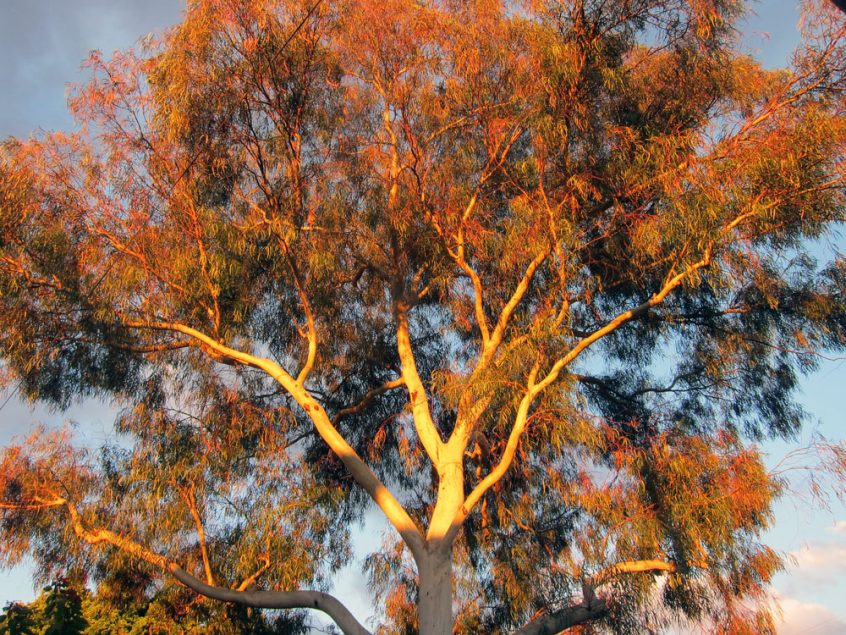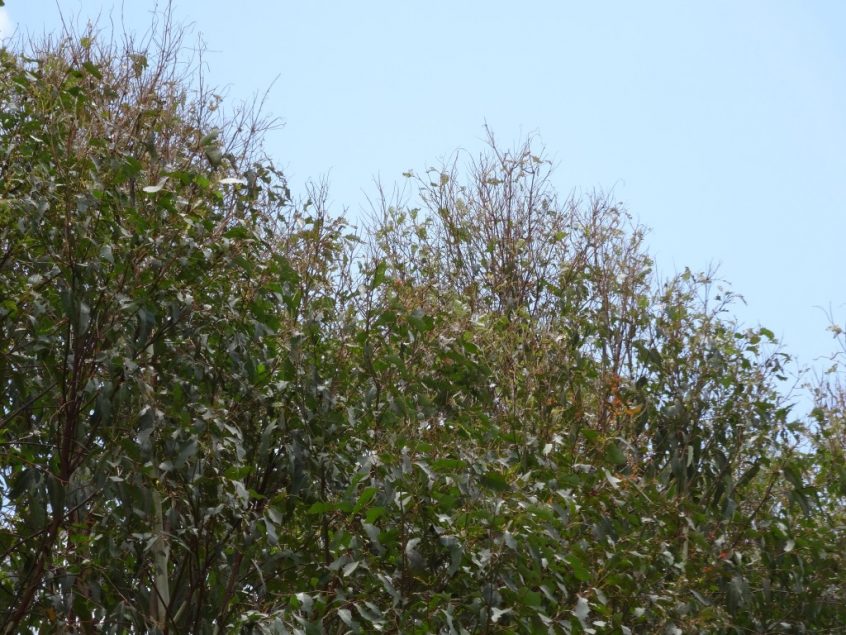A tiny egg parasitoid, Anaphes nitens, was released in the KwaZulu-Natal Midlands for the control of the eucalypt snout beetle, Gonipterus sp. 2, one of the most serious pests of eucalypts in the country. This is not the first release of this parasitoid in South Africa, which was in fact first released in 1926! However, it does mark the first … Read More
FABI Biocontrol Centre Imports Anaphes nitens From Australia
Anaphes nitens female on a Gonipterus sp. n. 2 egg capsules. Image by Dr Michelle Schroder The Eucalyptus snout beetle, Gonipterus sp. n. 2 remains a major pest of Eucalyptus plantations in South Africa despite the historical success of the biological control program. Increasing genetic diversity of the biological control agent, Anaphes nitens,is one way in which the biological control … Read More
Researchers From 27 Countries Meet To Discuss Biological Control Of Forest Insect Pests
The IUFRO Working Party 7.03.13 meeting on the ‘Biological Control of Forest Insect Pests and Pathogens’ was hosted by the Forestry and Agricultural Biotechnology Institute of the University of Pretoria from 5-8 November 2019. The meeting was held at the Future Africa campus at the University of Pretoria, and was the first time this Working Party has met in Africa. This … Read More
Scientists demand “paradigm shift” after study shows “frightening” decline of insects and spiders
Scientists behind a decade-long biodiversity study published Wednesday, which showed “frightening” declines of insects and spiders in German grasslands and forests, are calling for a “paradigm shift” in land-use policy. “Current initiatives to address insect losses are overly concerned with the cultivation of individual plots of land and operate independently of one another for the most part,” lead researcher Sebastian … Read More
FABI Ships Biocontrol Agent To Uganda
At the end of April, Peter Kiwuso from the National Forestry Resources Research Institute (NaFORRI) in Uganda visited FABI. The purpose of this visit was to collect a shipment of parasitized bronze bug eggs for release against the bronze bug in Uganda. A small petri dish containing eggs was kept aside to confirm the presence of the parasitoid. Based on … Read More
Thaumastocoris in the news
Australian journalist John Upton has written a nice little piece on the Thaumastocoris peregrinus biocontrol efforts for the wider audience on his interesting blog “Wonk on the Wildlife”. You can view the blog post here: https://wonkonthewildlife.com/fairy-wasps-unleashed-to-protect-eucalypts/
More information on T. peregrinus in Portugal
This just-published paper provides more information on the occurrence and distribution of Thaumastocoris peregrinus in Portugal. On this occasion it also appears to have arrived together with a predator apparently picked up in South America! Garcia A, Figueiredo E, Valente C, Monserrat VJ, Branco M (2013) First record of Thaumastocoris peregrinus in Portugal and of the neotropical predator Hemerobius bolivari … Read More
Thaumastoris peregrinus now in Portugal
The bronze bug, Thaumastocoris peregrinus, has now been reported as established in Portugal for the first time. This follows the first report of its detection in Europe from Italy in 2011 and in New Zealand in 2012. Update (10 June 2013) provided by Dr Carlos Valente, RAIZ: By the end of 2012, T. peregrinus had been detected only in the … Read More
Glycaspis brimblecombei also on the move…
The red gum lerp psyllid Glycaspis brimblecombei has now extended its range into southern Africa with the recent detection of this insect in Pretoria, South Africa. More information can found about this discovery here, here and here. The Tree Protection Cooperative Program at FABI has now produced a pest alert leaflet page which can be seen here. There is also … Read More
First field release made of Cleruchoides noackae in Brazil
The first field release in Brazil of the Thaumastocoris peregrinus egg parasitoid Cleruchoides noackae was made in Minas Gerais state in Brazil on August 6. Click here for more information on the release (in Portuguese) at the IPEF website. (A Google Translate version of this information in English can be found here). This is now the second release of C. … Read More
- Page 1 of 2
- 1
- 2










